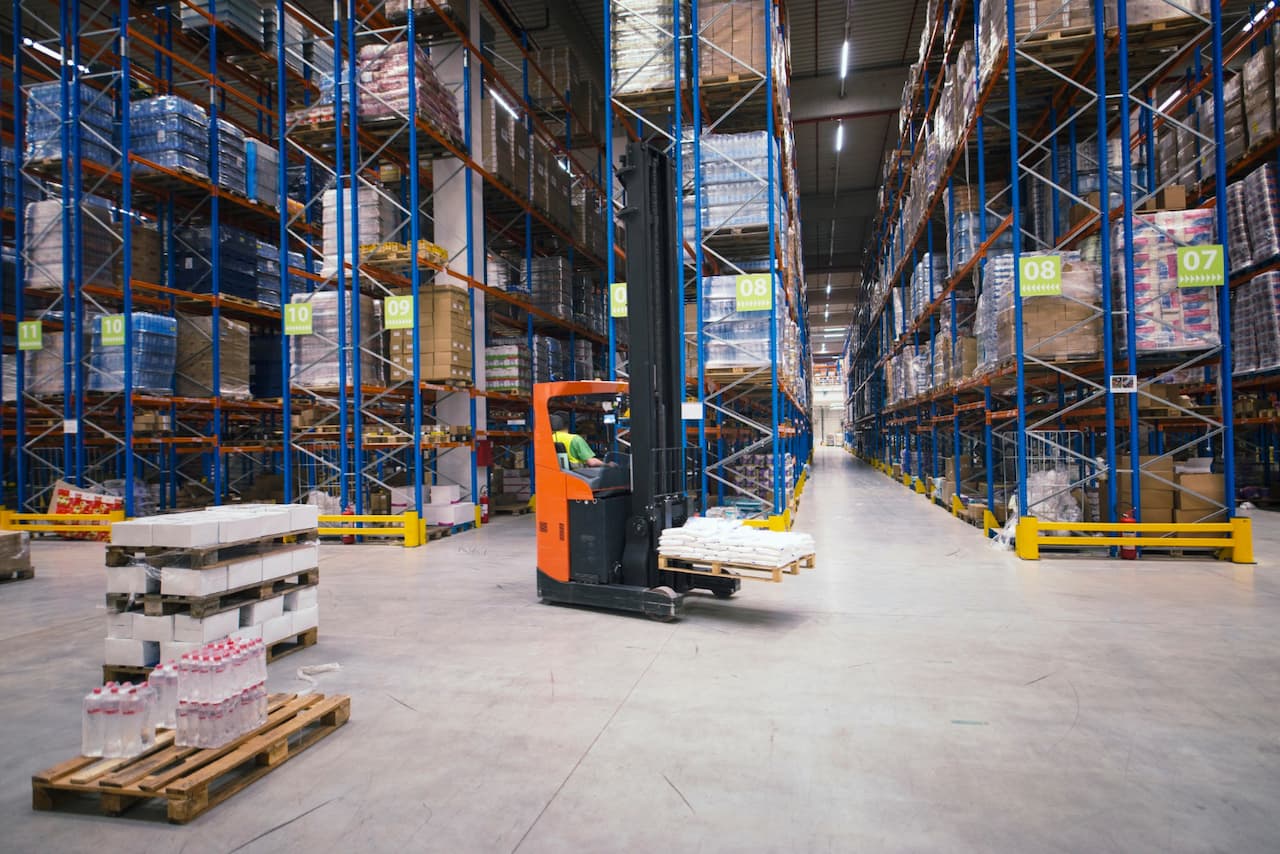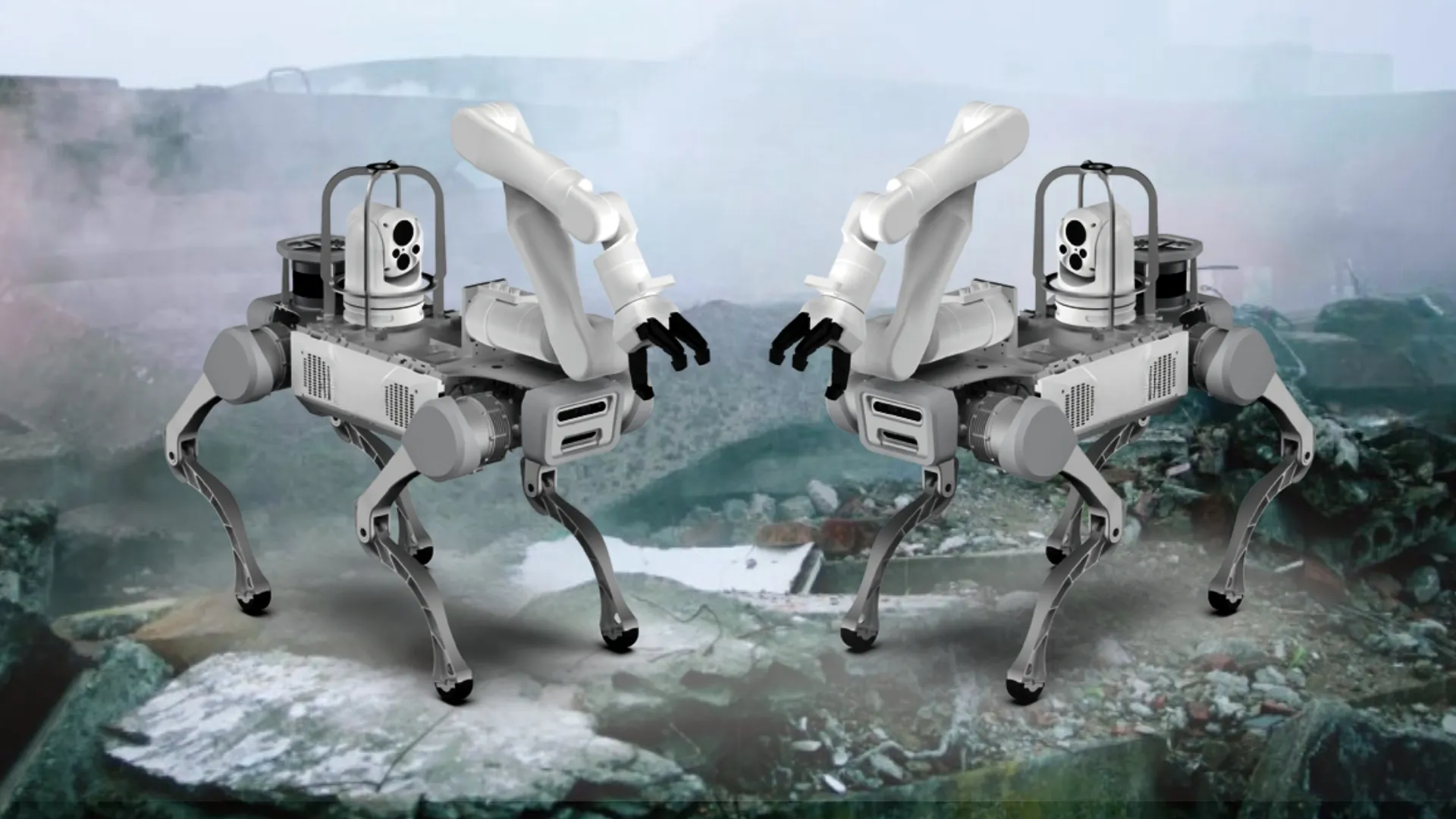Indice dei contenuti
ToggleWhen we talk about the organization of material and information flows within a company, the topic isintralogistics.
Its classic definition, written for the first time in 2004, reads, in more detail: “the organisation, control, implementation and optimization of the internal flow of materials, information flows and movement of goods in industry, commerce and public institutions”.
We are therefore talking not only about purely technical aspects with respect to the internal flow of material but also aboutorganization of processes and of information managementPrecisely for this reason, the regular and efficient interaction of all the instances involved in this process is considered one of the major challenges in the implementation of intralogistics systems.
Intralogistics, very effective in differentiating oneself from the competition, can therefore intuitively produce an improvement in terms of productivity and, consequently, business. Its efficient use can guarantee a more efficient use of space, increasing storage capacity, quality controls and a correct order of consumption. Consequently, a better service to the end customer.
Intralogistics processes
Internal logistics processes can be divided into three areas:
- Internal movement of materials: concerns all transfers that take place within company spaces. These can take place both between the different company production plants and between the respective warehouses;
- Inventory and data flow management: in order to control inventory fluctuations, it is necessary that all goods movements are recorded in an IT system. Through modern IT systems and, therefore, ad hoc developed software, it is possible to monitor both incoming and outgoing flows, thus keeping acquisition and invoicing under control;
- Warehouse management: includes order preparation, management of the physical location of each product, receiving and shipping. In summary, all those operations that take place in storage facilities.
The advantages of Intralogistics
Efficiency of processes and reduction of company costs. This alone would be enough to convince any entrepreneur of the great usefulness and competitive advantage that prudent intralogistics can bring to the company. The optimal organization of warehouses is in fact a prerequisite for the development of strategies and for reducing costs.
However, if we want to produce a short list of the main advantages of intralogistics, we should mention at least 7 others:
- A more adequate flow of goods;
- Better internal handling;
- Reduction of stock;
- The optimization of manpower through the facilitation of operators;
- The most efficient use of storage space;
- Greater dynamism in warehousing and order preparation activities;
- A decidedly faster and more satisfying service for customers.
From Intralogistics to Intralogistics 4.0
In parallel with the digital transformation, due to the adaptation to the logic of efficiency and interconnectivity of Industry 4.0, logistics and intralogistics 4.0 are also born.
The transition from classic intralogistics to 4.0 starts from strategic planning and systems integration.
In fact, it is first of all necessary to synchronize production and storage operations while, as regards information flows, they will have to converge in software capable of specific data management, through which it is possible to monitor processes, improve integration and offer functions for management of materials and finished products.
The second step to be taken is instead in the direction of industrial automation and handling. A large portion of logistics costs is represented by the transfer of loads and, especially in warehouses where there is a high volume of repetitive operations, automation will be an excellent ally. This also applies to e-commerce, in which fast intralogistics is essential to transfer products from one part of the warehouse to another, reducing fulfillment times.
To these aspects we must also add warehouse monitoring through WMS and IoT. In the first case, we are talking about warehouse management software capable of controlling and recording every movement of goods, ensuring a high degree of quality control and traceability. The presence of IoT devices in the warehouse - or Internet of Things - finally allows the transfer of information from the real environment to the digital one, creating links between devices and systems. In this way it is possible to create interconnected systems with direct communication between control software and WMS.
Another fundamental process is that of the robotization of picking and packing activities.
Picking & Packing – the Cobots
Collaborative robotics can make life easier in warehouses and intralogistics management.
Inside them, in fact, machines and operators may be able to divide tasks, handing over the more repetitive and heavy ones to robots - which are therefore automated - and leaving the more complex tasks to human operators
From this perspective, among the solutions for intralogistics, the robotization of picking and packing activities appears through the use of Cobots, Collaborative Robots.
Among those that can be used for this purpose, there are packing machines and anthropomorphic arms which, monitored by the WMS software modules, are capable of reducing the workload of human operators.
An example is represented by the TR1 mobot, designed by TOD System and which will be presented tomorrow at Tecna 2022, for the automatic movement of goods within a warehouse, loading and unloading of PCBs and pick&place. The TOD System mobile robot, thanks to an innovative mechanical arm, an excellent capacity (up to 250 kg) and a small footprint, reduces times and errors in order processing, bringing work efficiency and cost reduction.
With intelligent optical system, it will also be able to detect the position of the targets and provide their spatial coordinates, verifying the ability to reach these positions and the spatial indications on the path to follow. The 3D viewer, AI driven, is the real revolution in the sector!








